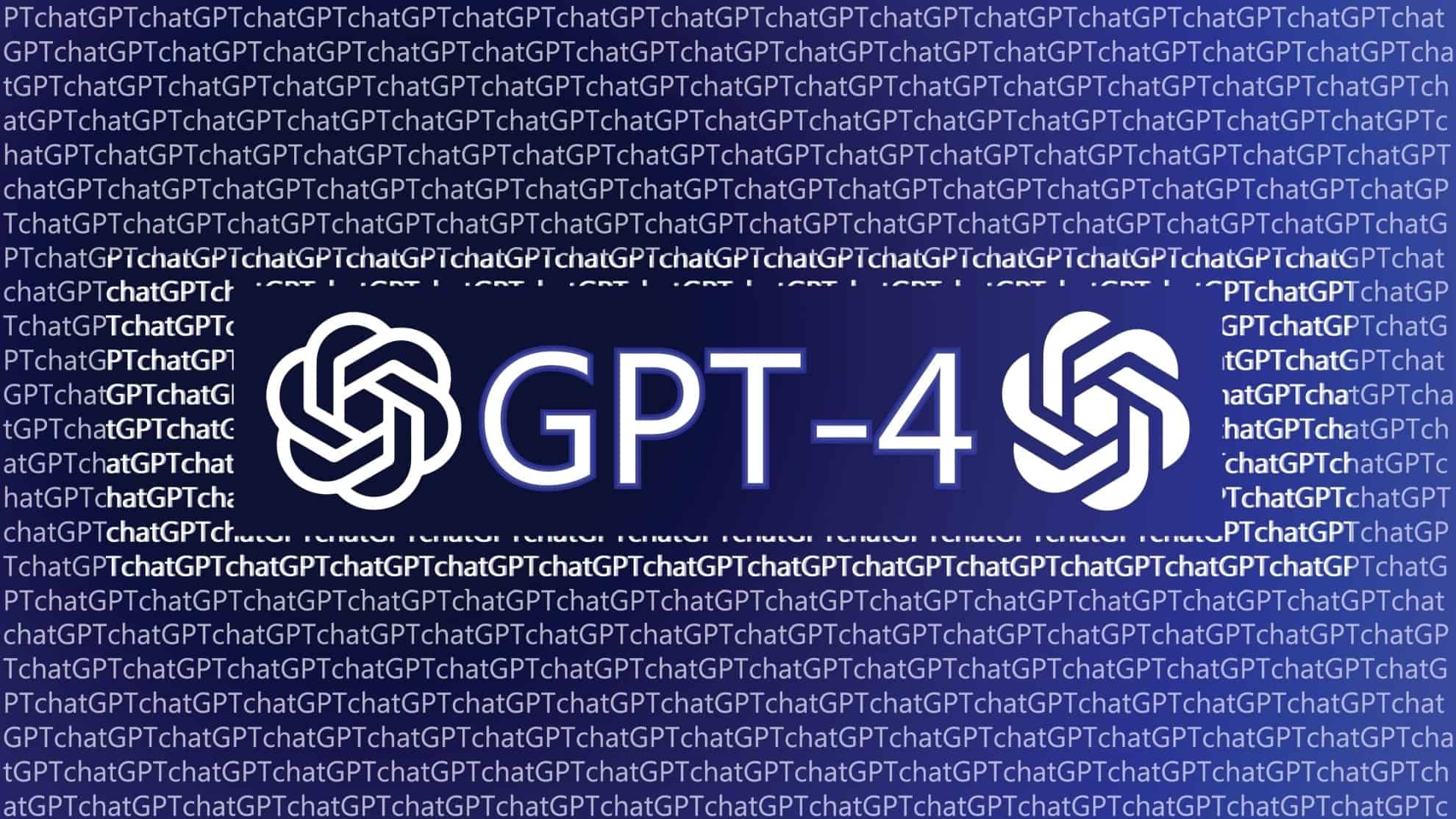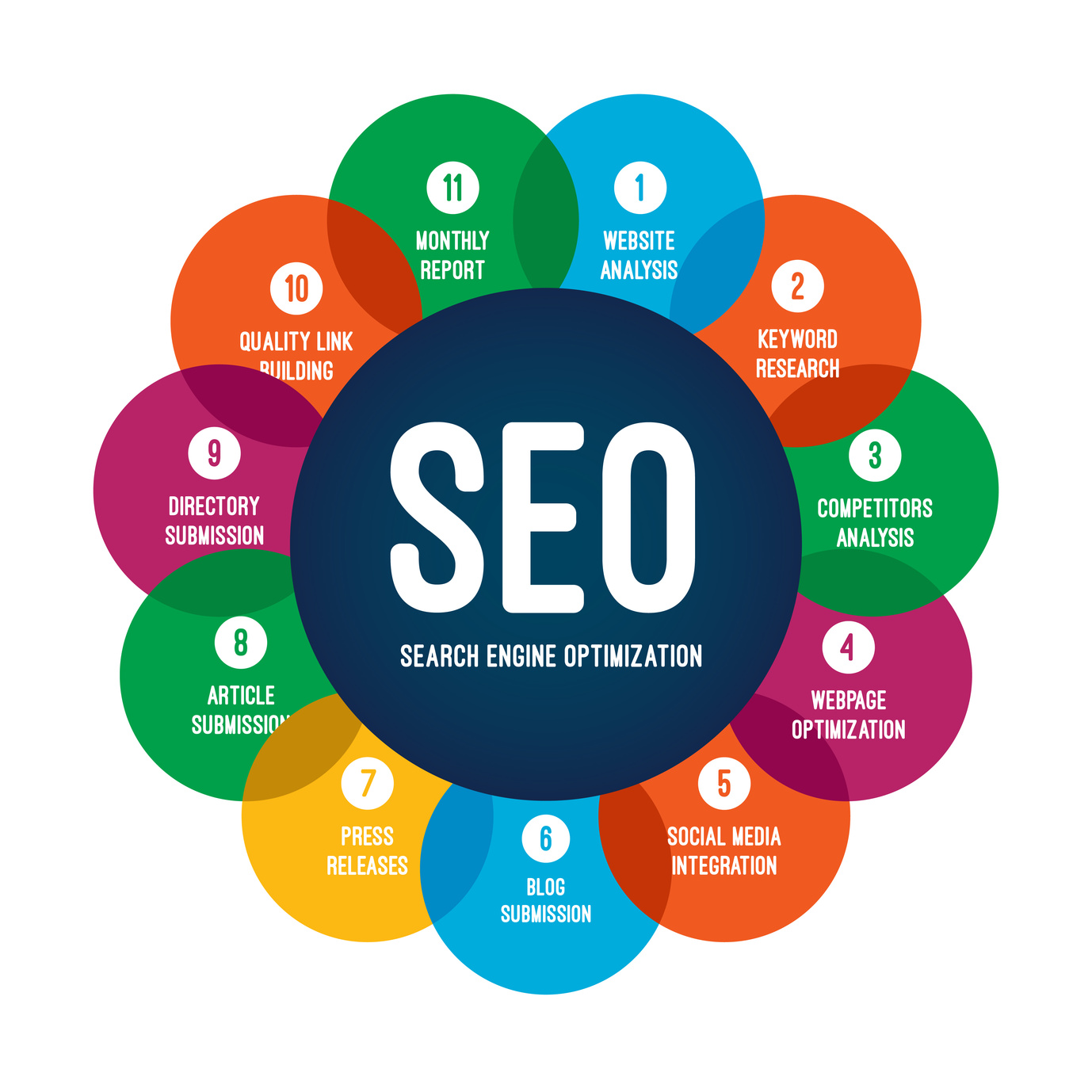
In today’s fast-paced digital landscape, content creation is more critical than ever. With the rise of AI tools like GPT and other advanced platforms, creators now have powerful allies in generating ideas, drafting content, and repurposing existing material. Whether you’re a blogger, marketer, or social media strategist, leveraging these tools can significantly boost your productivity and creativity.
This guide will walk you through how to use GPT and AI tools for content ideation, from generating topic ideas to refining drafts and optimizing for SEO. By the end, you’ll have a clear roadmap for integrating AI into your content strategy effectively.
What Is GPT and AI Tools for Content Ideation and Why It Matters
GPT (Generative Pre-trained Transformer) is an AI language model developed by OpenAI that can understand and generate human-like text. When combined with other AI tools, it becomes a powerful asset for content creation. These tools are not just for writing; they can also help with research, idea generation, keyword optimization, and even repurposing content across different platforms.
Content ideation is the process of coming up with new and engaging topics for your audience. In the age of information overload, standing out requires creativity and efficiency. AI tools like GPT can help you brainstorm, refine, and structure your ideas quickly, ensuring that your content remains fresh and relevant.
Moreover, as search engines evolve to prioritize quality and relevance, using AI for content ideation ensures that your work aligns with user intent and SEO best practices.
How GPT and AI Tools Impact Content Strategy
Using GPT and AI tools for content ideation can transform your workflow in several ways:
- Idea Generation: AI can suggest topics based on current trends, competitor analysis, and audience interests.
- Efficiency: Automating the initial stages of content creation saves time and allows you to focus on higher-level tasks.
- SEO Optimization: AI can help identify high-intent keywords and ensure your content is structured for better search visibility.
- Consistency: AI tools can maintain a consistent tone and style across all your content, which is crucial for brand identity.
For example, if you’re planning a blog series on marketing strategies, GPT can generate a list of 10 potential topics, each with a descriptive title and outline. This gives you a solid starting point without having to brainstorm from scratch.
Step-by-Step Implementation Framework
Here’s a practical framework to help you implement GPT and AI tools for content ideation:
1. Define or Audit the Current Situation
Before diving into AI tools, assess your current content strategy. Ask yourself:
- What topics are already covered?
- What gaps exist in your content?
- Who is your target audience?
- What are the top-performing pieces?
Use tools like Google Analytics, SEMrush, or Ahrefs to gather data on traffic, engagement, and keyword performance. This baseline will help you measure the impact of AI-assisted ideation.
2. Apply Tools, Methods, or Tactics
Once you have a clear understanding of your needs, start using AI tools to generate content ideas. Here are some effective methods:
- Prompt-Based Idea Generation: Use specific prompts to get tailored results. For example:
- “Generate 10 blog post ideas about [topic] for a beginner audience.”
-
“Create a list of subject lines for a newsletter promoting [product].”
-
Keyword Research: AI can help you identify high-intent keywords. Use tools like SurferSEO or Ahrefs to validate these suggestions.
-
Content Repurposing: Turn meeting transcripts, webinars, or podcast episodes into blog posts, social media content, or video scripts. Tools like Tactiq can streamline this process.
3. Measure, Analyze, and Optimize
After generating content, track its performance using analytics tools. Look at metrics like:
- Traffic: How many visitors does the content attract?
- Engagement: Are users spending time on the page, sharing, or commenting?
- Conversion Rate: Does the content lead to desired actions (e.g., sign-ups, purchases)?
Use A/B testing to compare different versions of your content and refine your approach based on what works best.
Real or Hypothetical Case Study
Let’s say a marketing agency wants to increase their blog traffic by 30% within three months. They decide to integrate GPT and AI tools into their content ideation process.
Step 1: Audit Existing Content
They analyze their current blog posts and find that topics related to “SEO strategies” and “content marketing trends” perform well, but there’s a gap in “email marketing automation.”
Step 2: Generate Ideas
Using GPT, they create a list of 15 blog post ideas, including:
– “How to Automate Email Campaigns Using AI”
– “Top 5 Email Marketing Tools for Small Businesses”
– “The Future of Email Marketing: Trends to Watch”
Step 3: Optimize for SEO
They use keyword research tools to identify high-intent keywords like “email automation software” and “email marketing trends 2025.” GPT helps them incorporate these naturally into their content.
Step 4: Launch and Track
After publishing the new content, they see a 25% increase in traffic within two months. Engagement rates also improve, with more shares and comments.
This case study demonstrates how AI tools can be leveraged to fill content gaps and drive measurable results.
Tools and Techniques for GPT and AI Content Ideation
Here are some of the most effective tools and techniques for using GPT and AI in content ideation:
- ChatGPT: Ideal for generating ideas, writing drafts, and optimizing content.
- Tactiq: Streamlines meeting transcription and content repurposing.
- SurferSEO: Helps with keyword research and semantic scoring.
- Ahrefs: Provides insights into competitors and keyword opportunities.
- Notion: Organizes content workflows and keeps track of ideas.
- Grammarly: Refines tone, grammar, and clarity of AI-generated content.
These tools can be used together to create a seamless content creation pipeline, from ideation to publication.
Future Trends and AI Implications
As AI continues to evolve, its role in content ideation will only grow. Emerging trends like voice search, multimodal content, and personalized recommendations will require even more sophisticated tools.
In the future, we may see AI systems that not only generate content but also predict audience preferences and adapt content in real-time. Imagine an AI that can adjust your blog post based on reader behavior or suggest new topics based on trending conversations.
To stay ahead, content creators should embrace AI as a collaborative tool rather than a replacement. By combining human creativity with AI efficiency, you can unlock new levels of innovation and impact.
Key Takeaways
- Leverage AI for Idea Generation: Use GPT and other tools to brainstorm topics and outlines.
- Optimize for SEO: Incorporate high-intent keywords and structure content for search engines.
- Repurpose Content Efficiently: Turn meetings, webinars, and podcasts into multiple formats.
- Track Performance: Use analytics to refine your strategy and improve results.
- Stay Ahead of Trends: Embrace AI as a partner in your content creation journey.
By integrating GPT and AI tools into your content ideation process, you can save time, boost creativity, and deliver content that resonates with your audience.
Meta Title: How to Use GPT and AI Tools for Content Ideation
Meta Description: Discover how to leverage GPT and AI tools for content ideation, from idea generation to SEO optimization. Boost your productivity and creativity today.
SEO Tags (5): GPT content ideation, AI tools for blogging, content creation with AI, SEO-friendly content, AI-powered content strategy
Internal Link Suggestions: Parameter #12: AI Content Creation, Parameter #8: SEO Keyword Research, Parameter #15: Content Workflow Automation
External Source Suggestions: https://www.surferseo.com/, https://chat.openai.com/, https://tactiq.io/











